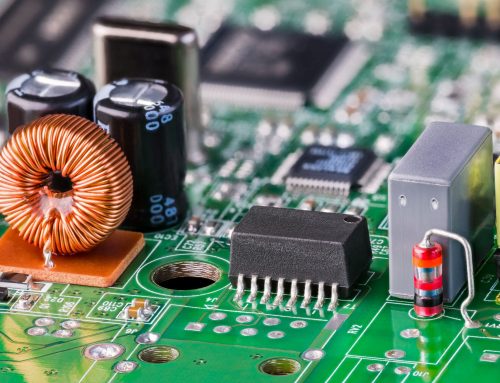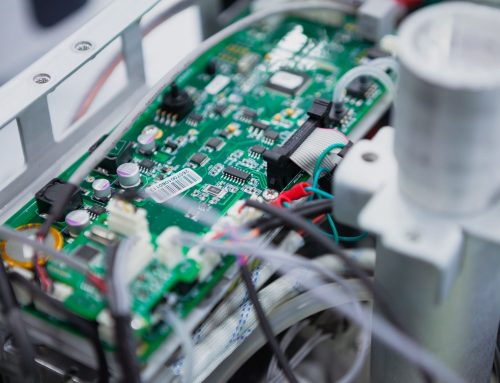This Christmas there’s a good chance that you or a family member will receive (or have bought) new electronics as gifts. The Black Friday and Cyber Monday sales will have encouraged many people to buy new state-of-art technology, superseding their old tech that now will be recycled or thrown away. And if your stocking doesn’t include a new smartphone, voice enabled speaker or other ‘must have’ tech; the January sales will provide ample opportunity to splurge out on electronics at very competitive prices!
What you might not realise when opening that shiny new product is while it may represent an upgrade, or be bigger and better, the technology driving it probably hasn’t changed dramatically in recent years. For example, electronic products use Printed Circuits Boards (PCBs) and while these may have shrunk to miniscule proportions, the technology hasn’t changed much since they were first invented. For more on the history of the PCB see our blog here. With each new innovation in old technology, new opportunities are created to enhance and refine the electronic products PCBs are used in.
That miniscule PCB is what makes it possible to have the Internet of Things, where technology is Lilliputian in size to enable everyday electronics to be connected. Without these advances that smart kettle you unwrapped on Christmas Day would be monstrous in size!
Our experience working on Electronic Box Build projects often highlights how we use older technology to facilitate new innovations. Let’s not forget old tech was once new technology, and often in the scheme of things is not that old at all. In the last hundred years we have seen phenomenal advances in technology, which have accelerated even more in the last few decades. Which poses the question “what constituents old tech?” Is it something from the 1930s or 40s like the printed circuit board, technology invented in the 1980s such as the CD, or is ‘old’ tech that iPhone 7 that you’ve just replaced with an iPhone X?
The building blocks of any new electronic product – what goes in the box – hasn’t changed that much even though consumers may think that they have a state-of-the-art product. (No wonder that there is a booming market in recycling old electronics and reusing components.) What we see instead is a combination of older technology, new improved old tech, and occasionally something brand spanking new, creating new electronic products. Perhaps the most significant difference between products designed and manufactured a few decades ago, and those we have bought this Christmas, is the product shelf life. That is driven more by our appetite for new products than genuinely original technological advances.
Ultimately, in many cases, old technology hasn’t gone away at all; it’s just been repackaged as something new. So when you buy your new electronics this Christmas think about what is actually in the box. Old technology that is standing the test of time and helping us innovate into the future.









